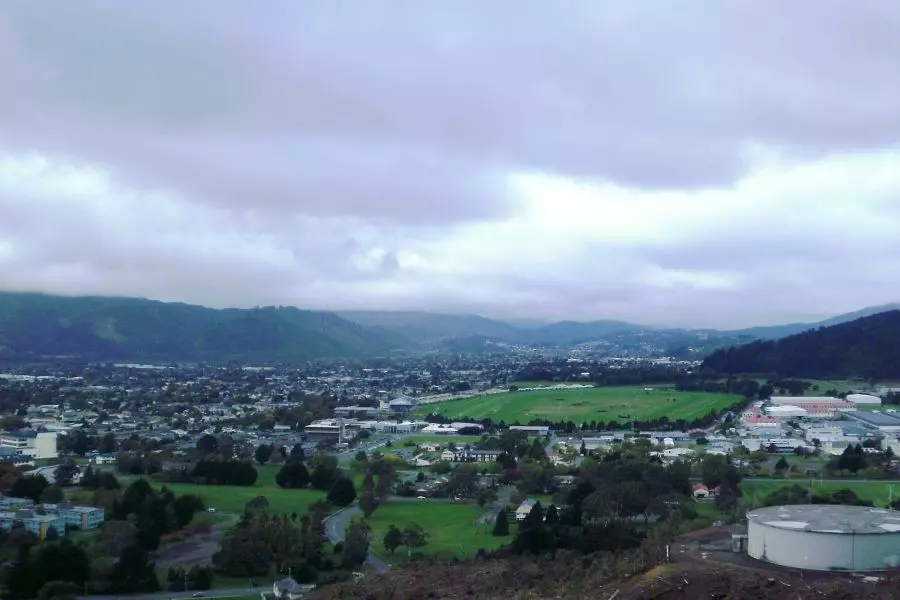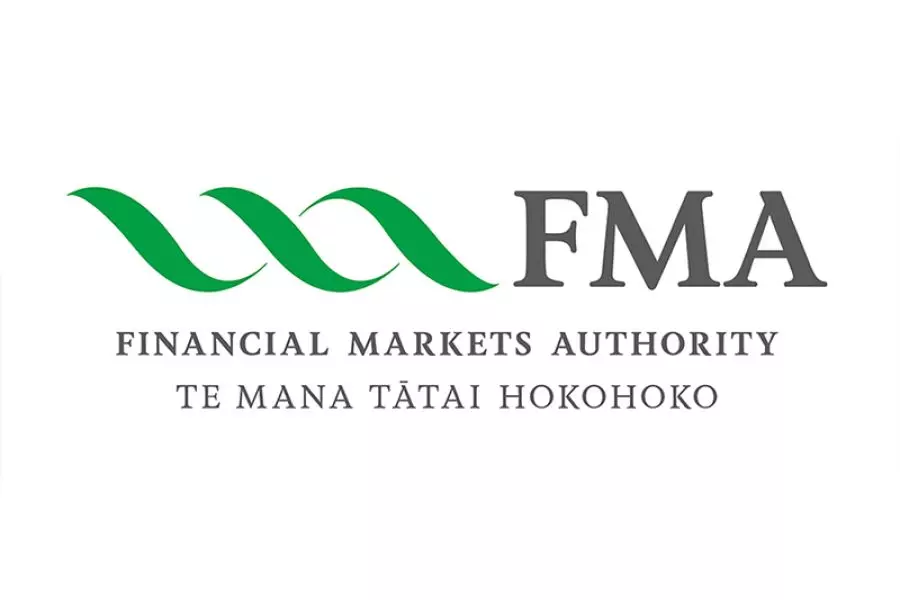News
Upper Hutt - on the up for investors

Monday 2nd of February 2015
While the first half of 2014 was flat for both sales and rents, the latter part of the year saw prices stabilise and tenant demand take a jump.
The Reserve Bank's loan-to-value restrictions are working in the investor's favour: first-home buyers aren't competing with investors for affordable family homes, and they're renting for longer as they save for a deposit.
Want to read the full article?
Click the button below to subscribe and will have unlimited access to full article and all other articles on the site.
8 min read
10 min read









![[The Wrap] Bye Bye Bayly](https://goodreturns.publit.io/file/c_fill,w_900,h_600/39f23ac1-f7c7-4854-b700-a150004ebbac.webp)